While everyone was marveling at the latest drama over at Magic Leap involving employees last week, a major rumor listed in one of the reports, related to the company's flagship device, was mostly overlooked.
"One current issue with the headset is battery life and charging; the device doesn't charge while it's plugged in and being used at the same time, according to people familiar with Magic Leap's hardware," reads the passage, which is buried further down in Business Insider's story, which is primarily focused on alleged company theft. "Solving this issue is important to ensure that people could continue to use the device while it's plugged in."
If true, that's a major issue that could hobble any device, particularly one attempting to introduce consumers to a brand new way of computing.
Imagine needing to wait for your Magic Leap One to recharge every time it runs out of juice. With no ability to use it while it's recharging, you'd have to "really" love the device to keep using it after repeated sessions during which you'd have to simply find something else to do while it recharged. That dynamic would be so crippling, it is, frankly, a little hard to believe that Magic Leap would attempt to sell such a device. But this is an entirely new platform, so anything is possible.
- Don't Miss: Magic Leap Takes Legal Action Against Employee Who Alleges HoloLens Trade Secret Violations
Later, after the article was published, one of its authors, Steven Tweedie, took to Reddit to respond to Magic Leap fans asking questions about the report. The additional detail he adds paints a rather troubling picture.
"One person told me it's currently at 'far less than an hour' and can't be recharged while plugged in," wrote Tweedie.
However, another forum user posted a response that deserves highlighting.
"Many times, during negotiations for a battery pack of unique dimensions, there's a lag between the time you design a product and the time you have the actual battery that's going to be going with the unit," wrote user Anonnymuch, who claims to have worked "in product development for an electronics manufacturer for 17 years."
Despite the report of battery issues, that commenter's line of reasoning is sound. While a source may have given the news site an accurate report based on his or her personal use, or witnessing of the device in use, that doesn't mean that the same battery issue will persist in the commercial version. Nor does it confirm that, based on this anecdotal report of an issue, that the device the user says has battery issues is indeed the same device (in terms of internal components) as what the first buyers will experience.
But no matter how much conditional, benefit-of-the-doubt-wait-and-see leeway we extend to the company, considering that Business Insider's previous reportage has been generally accurate regarding Magic Leap, this new wrinkle could become an early adopter issue if it makes it into the final product. And let's also remember that in the December reveal of the product via Rolling Stone, the company's founder and CEO, Rony Abovitz, declined to offer details about the device's battery life when questioned about it.
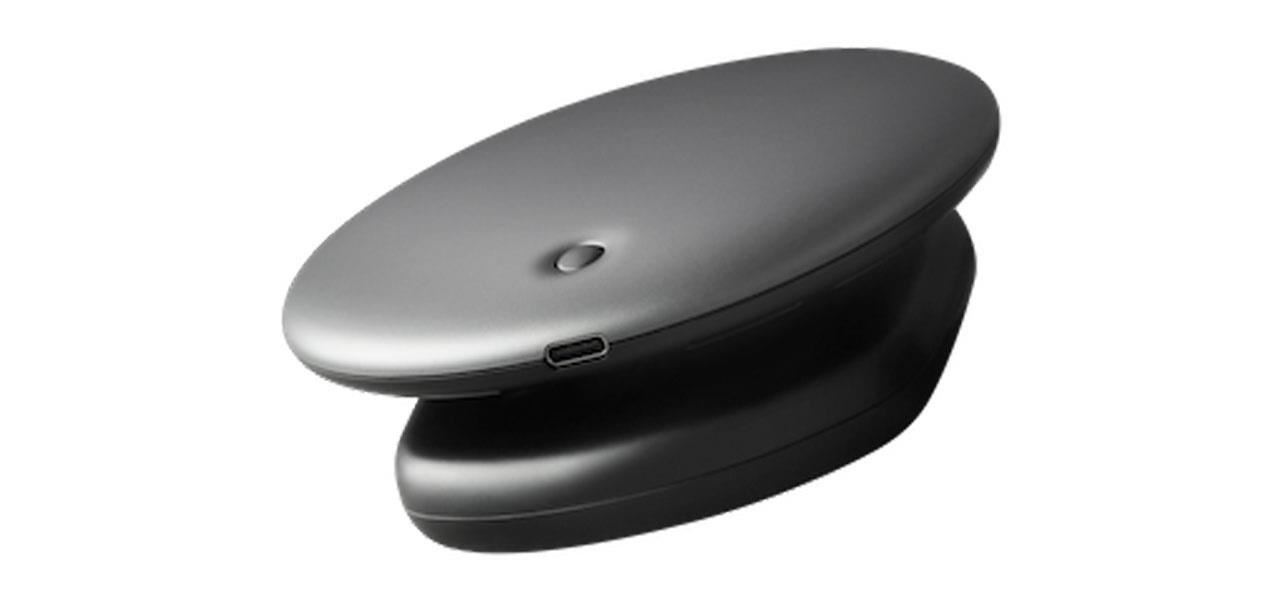
The most detailed information we've seen on the device's battery life came from an interview with Time magazine, where Abovitz compared the Magic Leap One's battery life to that of "a high-end tablet," with the caveat (delivered by the reporter) that such battery life could "fluctuate" based on how the device is used. "If you're just going to kick back and and watch a movie, that's very different than chasing a robot or a dinosaur around your house or filling your whole home with fish that swim from room to room," Abovitz said at the time.
What's important to note is that, following that comment, the reporter added that Magic Leap would be "conducting more testing and battery optimizations ahead of the headset's launch." That tells us that, at the very least, battery life continued to be a point of focus as recently as a few months ago.
Apple (a company Abovitz has referenced when speaking about Magic Leap) lists the iPad Pro as offering up to 10 hours of internet via Wi-Fi use or watching videos. So the battery life bar has, in general terms, been set by Magic Leap's founder.
Regarding the location of the battery, early patent breadcrumbs pointed to the Magic Leap One's "Belt Pack" as the source of the system's power. In a 2015 patent application filing, the company stated that "The right PCBA [printed circuit board components included in the headset] may include a port or connector to receive power from the belt pack. The image generation elements may receive power from a portable power source (e.g., chemical battery cells, primary or secondary battery cells, ultra-capacitor cells, fuel cells), which may, for example be located in the belt pack."
We now know that the "belt pack" is, in fact, called the Lightpack. In the US trademark database, one of the descriptions Magic Leap has listed for the Lightpack is "power supplies for central processing units (CPU) and graphics processing units (GPU)."
And just recently, in a patent application Next Reality reported on in February, the company described a High Power Mode, a Normal Power Mode, and a Low Power Mode. According to the documents, the Lower Power Mode "may be generated in response to a user's pose changing more than a predetermined threshold amount." Translation: How you move and/or position yourself could, in theory, based on this latest document, impact your battery life.




Another section of the aforementioned patent filing details the basic component dynamic of the system, stating, "The headset is connected to the beltpack. The beltpack includes a battery connector to provide an electrical connection to an external battery."
Fun fact: Later, in the same section, the company describes another method of utilizing the headset in certain situations using a wireless mode, which would allow the Lightpack (aka beltpack) to communicate with the headset via Wi-Fi or Bluetooth. However, the document's language frames the wireless headset-to-Lightpack communication modes as "strictly ... examples."
Yet, despite all these details, it's still a mystery as to just how much power the Lightpack will deliver.
When Next Reality reached out to the company for any comment on last week's report, which contained the battery issue comment from an unnamed source, a Magic Leap spokesperson said, "Magic Leap has no comment to share at this time."
Whether the device's charge will last as long as "a high-end tablet" or "far less than an hour" remains to be seen. But at this point, any report of battery issues, no matter how small, is worth considering as the company prepares to see just how many people will actually buy a device based on little more than video demonstrations and years of hype from those connected to the company in various ways.
Just updated your iPhone? You'll find new features for Podcasts, News, Books, and TV, as well as important security improvements and fresh wallpapers. Find out what's new and changed on your iPhone with the iOS 17.5 update.
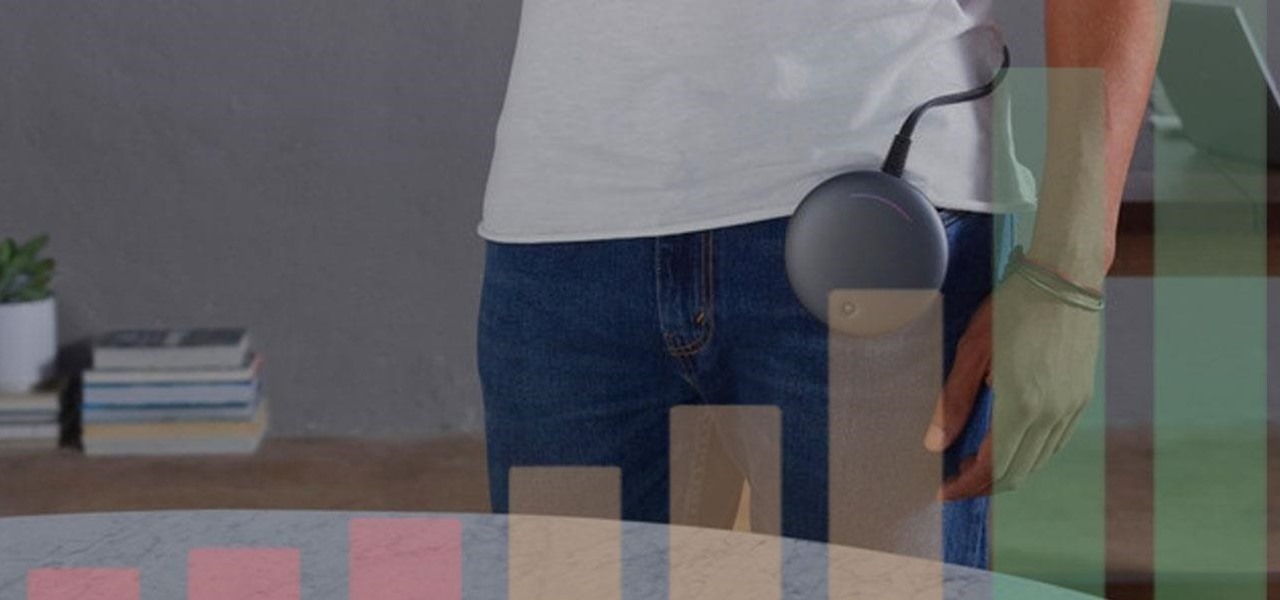





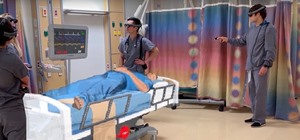



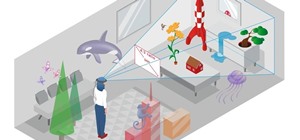
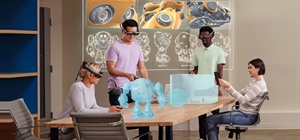
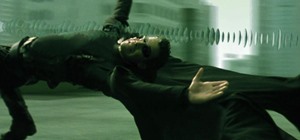
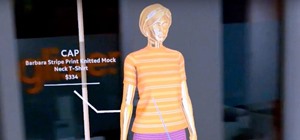

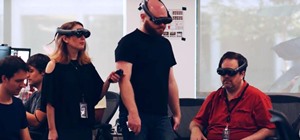
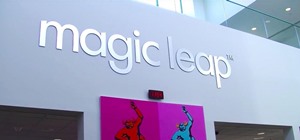
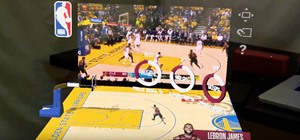

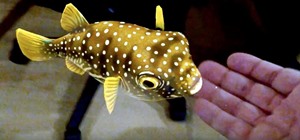
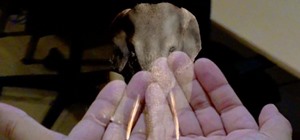
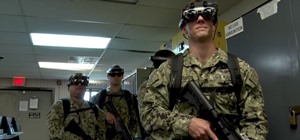
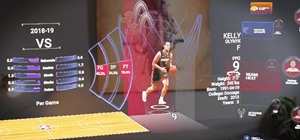



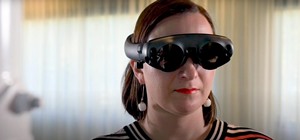
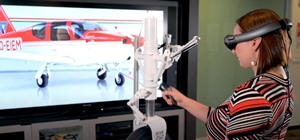

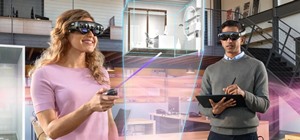


2 Comments
Just a little levity, but seriously doesn't seem a big deal...worst case they would make the battery a hot swappable part and include an extra battery pack with every Dev kit so one is charging while the other is in use. That's the beauty of selling Dev kits to first adoptors, the maker ethos of the buyers will help fix this and other as of yet unforeseen issues before the mom & pop consumer edition comes out.
Hi there. One of those early adopter types here. Just came across this article while messing around with my new Magic Leap One. While certainly not a perfect device yet, I am actually using it right now while it's charging. Battery life seems to last well over an hour and a half, but I'm only a few days in and haven't tested doing lots of different things. In any case, I can certainly sit at my desk and use it while it's charging.
Share Your Thoughts